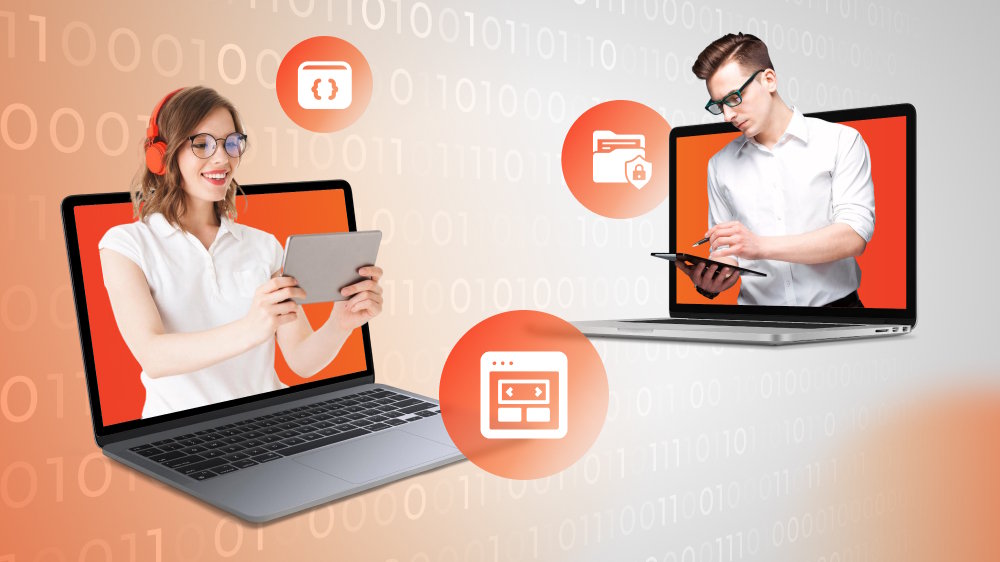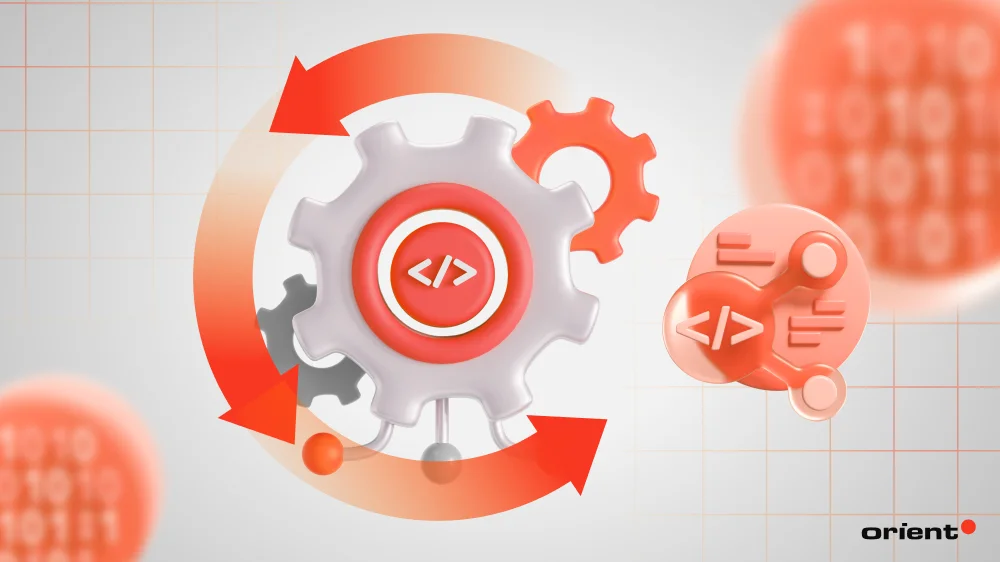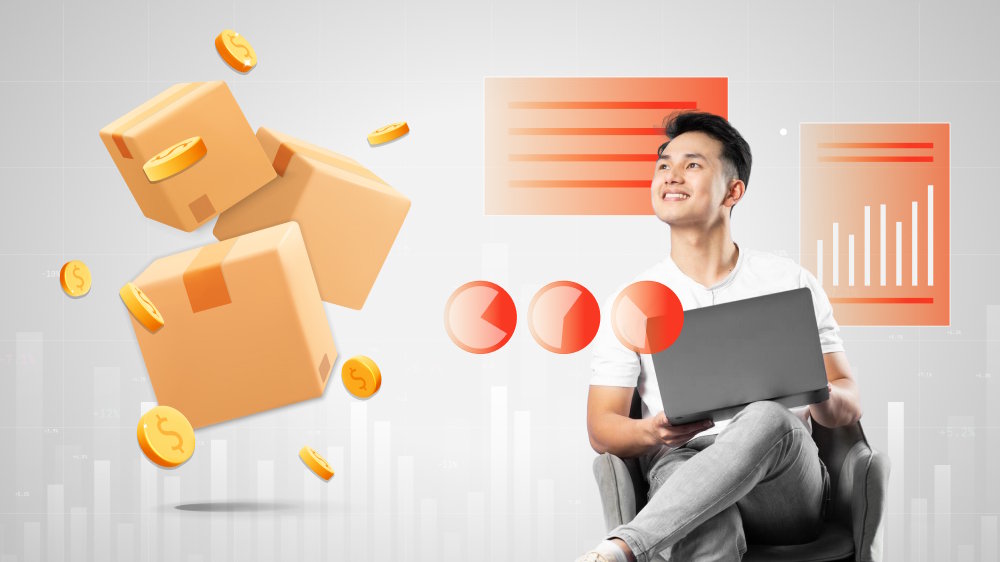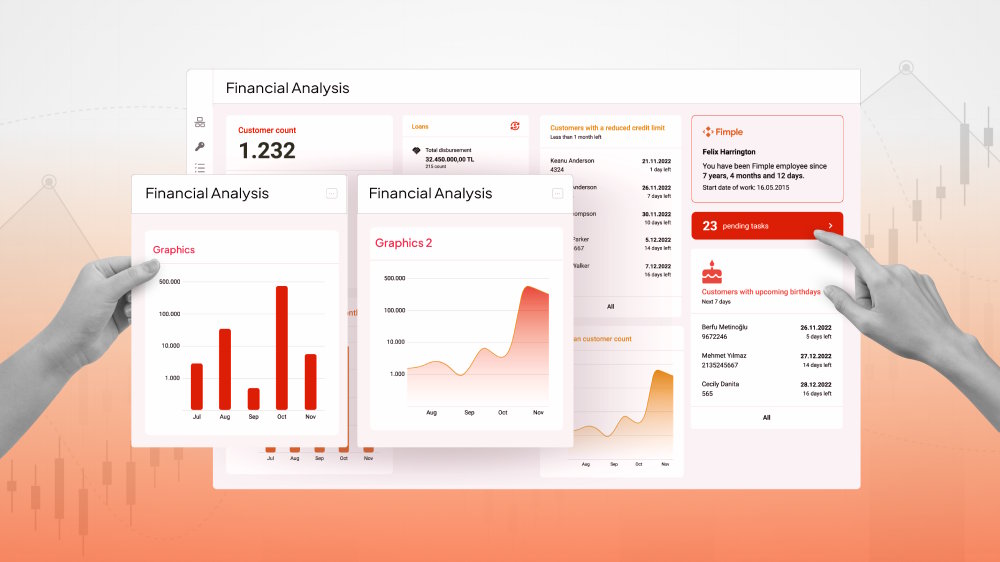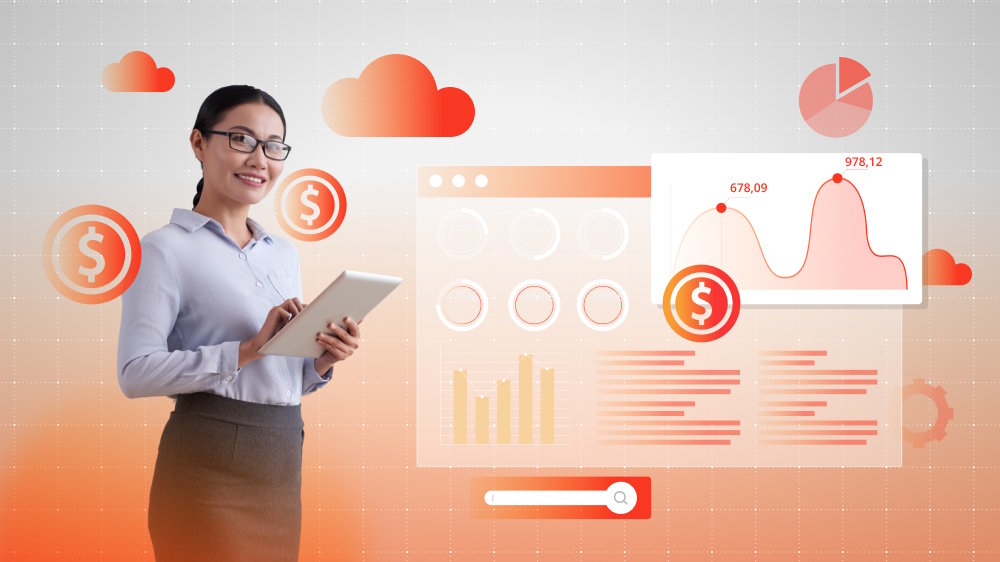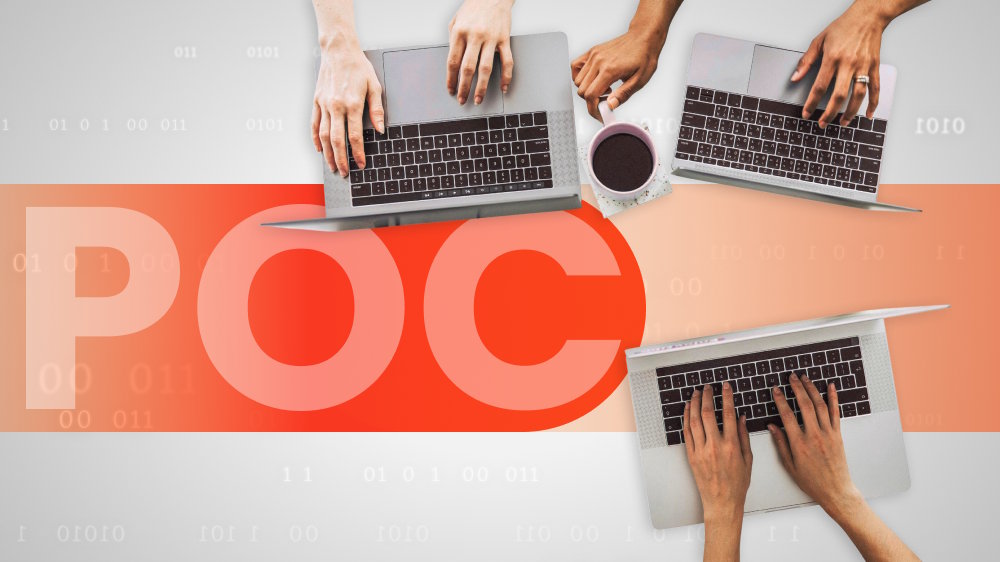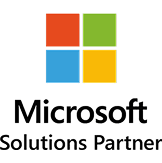When software reaches its users, what they see is only a finished version offering key features, a stunning user interface, and a seamless experience. But what’s really happening behind the scenes? Behind every fully functional software product is a cross-functional team of professionals working on the same page from phase to phase to transform a vision into fruition. There is no random set of activities but a highly disciplined pipeline of development stages that move in a structured sequence.
This is a walkthrough that offers you a quick tour through different stages of a typical software product development lifecycle. At each stage, we will briefly highlight the internal processes taking place and explain the significance of bringing a software product to life from ideas.
Software Product Development Explained: What Is It All About?
Software product development, abbreviated as SPD, unfolds as a multi-step process of engineering a usable, maintainable product to meet verified customer needs and strategic business objectives. It integrates product strategy and discovery, user-centered design, software engineering and architecture, quality assurance, DevOps and platform operations, security and compliance, and go-to-market enablement into a repeatable loop: Discover → deliver → measure → iterate. The near-term milestone is shipping increments that de-risk the software solution; the longer-term goal is delivering a final product that fits a defined market segment and can scale.

The SPD work is typically executed by Agile development teams using different project management methods (E.g., Scrum, Kanban, dual-track discovery, etc.) and supported by product development tools for road-mapping, design/prototyping, version control, CI/CD, testing, observability, experimentation, and analytics.
Unlike one-off software projects, the SPD mindset treats software as a living product that must sustain value over time, which is measured by adoption and activation, retention and engagement, revenue and unit economics, and reliability and trust. Success is enabled by clear ownership, a living roadmap, and prudent control of total cost of ownership (TCO).
Different Stages in the End-to-End Product Development Lifecycle
The following core phases of a software development lifecycle stay consistent across different product types. If needed, teams can tailor names or add gates, but the flow remains similar.
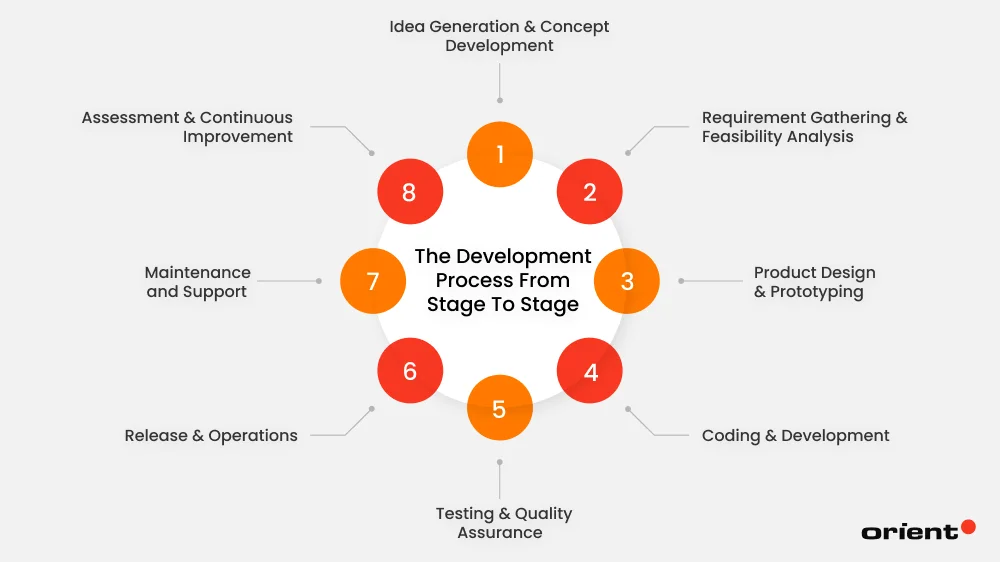
Stage 1: Idea Generation & Concept Development
Let’s start with one of the early stages of the whole software product development process: Envisioning the future product and brainstorming for an idea. This is the starting point, enabling teams to decide what to build, why, and who it serves before committing serious resources and effort to actual designing and coding. The aim is to transform a raw idea into a well-framed concept with a clear problem statement, a defined target user or market segment, a credible value proposition, and early evidence that the opportunity is worth pursuing.
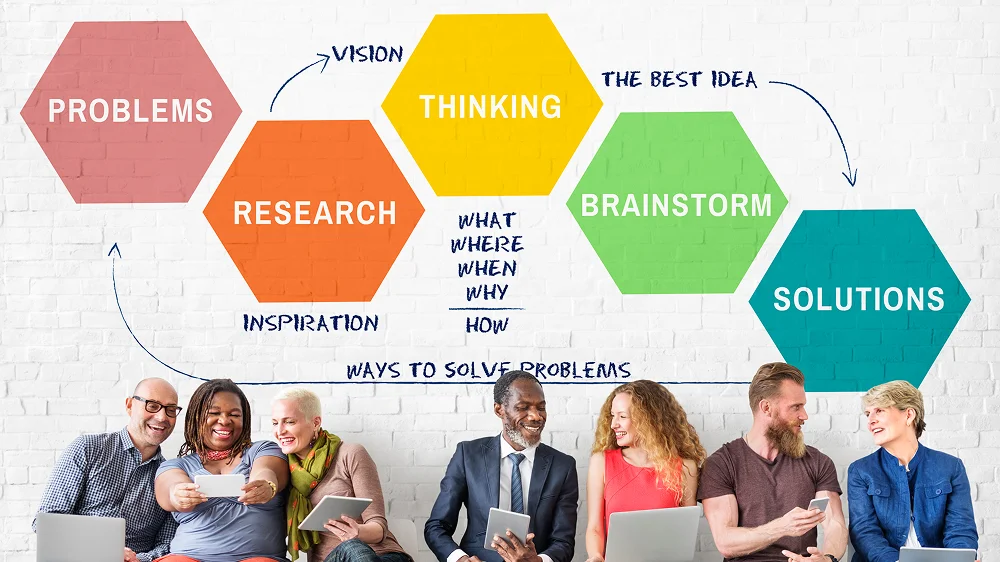
Idea generation starts with problem framing. Software teams synthesize inputs from different activities (such as market research strategy, customer conversations, support tickets, market trends, sales requests, competitive analysis, and product analytics) to understand where value is being lost today and what “better” would look like. The aim is a short concept narrative, not a feature list. It spells out the problem, audience, value hypothesis, differentiators, assumptions, success criteria, and constraints (Such as compliance, data availability, and time-to-market) in plain language. From there, concepts are sketched just enough to invite feedback and conduct lightweight validation to reduce the riskiest uncertainties early. For example, a few user interviews, a clickable sketch, or a small data check.
Expectedly, you have a concise concept brief, supporting sketches, and a short decision record to either proceed, pivot, or stop. Plus, you list down the top assumptions to validate next. Until then, you have the clarity in hand to go further.
Stage 2: Requirement Gathering & Feasibility Analysis
The second stage picks up where your concept brief and sketches leave off. From a handful of early flows, you shape a thin, end-to-end journey that gets a real user to first value, and you express it in buildable terms. In simpler terms, you turn the validated idea into a small, buildable first version - building a minimum viable product (MVP).
The objective is to define what the first release must accomplish for users (functional requirements) and set the basic software quality bars that make it viable in the real world (non-functional requirements such as performance, reliability, accessibility, privacy, and supportability). Vague promises now transform into user stories with clear acceptance criteria, backed by enough screens to remove guesswork.

Planning is over. Next comes the feasibility study. You check if your plan is realistic and doable. Engineers draft a lightweight reference architecture and run a few short technical spikes in order to remove the biggest unknowns early: Can the external APIs sustain expected throughput and latency? Does real data have the quality and shape you assumed? Will the core logic or model hit the accuracy you need?
These are translated into: Do we have the data we think we do? Can the outside services we rely on keep up? And is the core logic good enough to be useful? In parallel, you decide how changes will ship (Small, reversible releases using trunk-based development, CI/CD, and feature flags) and how you spot problems quickly with basic observability (structured logs, key metrics, traces, and privacy/security checks).
In short, this stage is about translating the validated concept into an actionable scope and demonstrating its technical, operational, and commercial viability. When done, you are able to conclude with a concise requirement brief, a high-level architecture and integration outline grounded in feasibility findings, clearly defined quality, privacy, and security expectations, and a pragmatic rollout plan for the MVP.
Stage 3: Product Design & Prototyping
The product development cycle now begins to take shape as the defined MVP requirements are processed and converted into an experience users can see, touch, and critique. The focus now is on designing how value is delivered in practice. It is about mapping the end-to-end flow to the “first value” aforementioned, choosing interaction patterns, and establishing a clear information hierarchy so people know where they are, what to do next, and what happens when things go wrong.
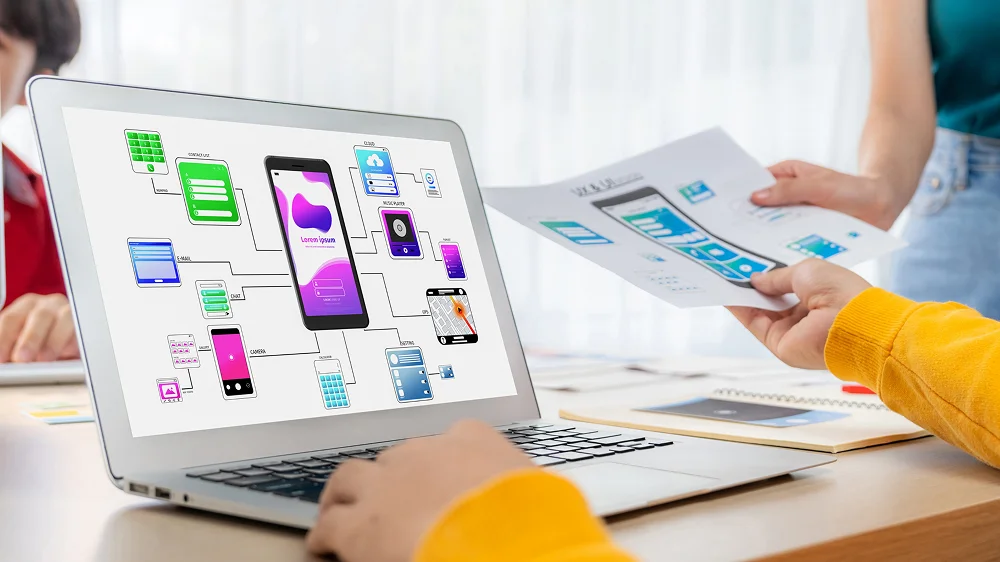
Prototyping must be done before committing to expensive building work. The UI/UX design team analyzes and converts intent into screens and states while the development team continues to provide feasibility feedback, so product ideas stay buildable and fast. Prototyping moves quickly from low-fidelity to higher-fidelity. Rough sketches and wireframes help settle structure and language without getting stuck on polish. Clickable prototypes then bring the journey to life for short usability sessions with target customers/users. These quick tests reveal hesitations, misunderstandings, and friction you can fix before code.
You should run discovery and delivery in parallel: Continue user testing and prototype refinement while you prepare the build plan and rollout. Instrument prototypes with a few clear signals like time to complete key tasks, success and error rates, and brief comprehension checks, so decisions reflect observed behavior rather than preference. Design beyond the happy path: Specify loading, empty, and error states; build accessibility in from the start; and use precise, helpful microcopy. The team agrees on a handful of measurement events tied to the first-value moment so the MVP can be evaluated objectively the day it ships, not weeks later.
Stage 4: Coding & Development
With the validated designs and requirements, the core of the software development process begins. Software developers build a functional product delivered in short, iterative cycles. The emphasis is on turning the MVP plan into working software - each small slice at a time - also known as incremental development. Each slice maps to the end-to-end journey defined earlier and moves a real user closer to the “first-value” moment. Changes stay manageable and easy to review, which makes progress visible and corrections painless.
This stage usually takes the longest time in the entire process due to its complexity and the breadth of tasks involved, from writing clean, efficient code to integrating various components and ensuring they work seamlessly together.

Engineering practices such as trunk-based development, CI/CD, code reviews, automated testing, and feature flags keep changes small, reversible, and continuously releasable. Non-functional expectations are treated as requirements, not afterthoughts. For example, performance budgets, accessibility, localization, reliability targets, and privacy controls. Each increment is instrumented for observability and analytics, so the product is ready to learn in the upcoming stages.
Quality moves with the work, not after it. As slices land, the team checks that core tasks still work end-to-end, the experience remains smooth and accessible, and the product behaves reliably under everyday use. Designers and developers stay in step, reviewing real screens, including loading, empty, and error states, so what’s built matches what users validated in prototypes. Releases are kept small and low-risk, introduced gradually, and monitored. It is easy to spot issues early and roll back if needed.
Stage 5: Testing & Quality Assurance
Quality should never be treated as a gate at the end, but as a continuous practice throughout the entire process. The testing phase confirms that what you built works as intended and feels reliable in real-world scenarios.
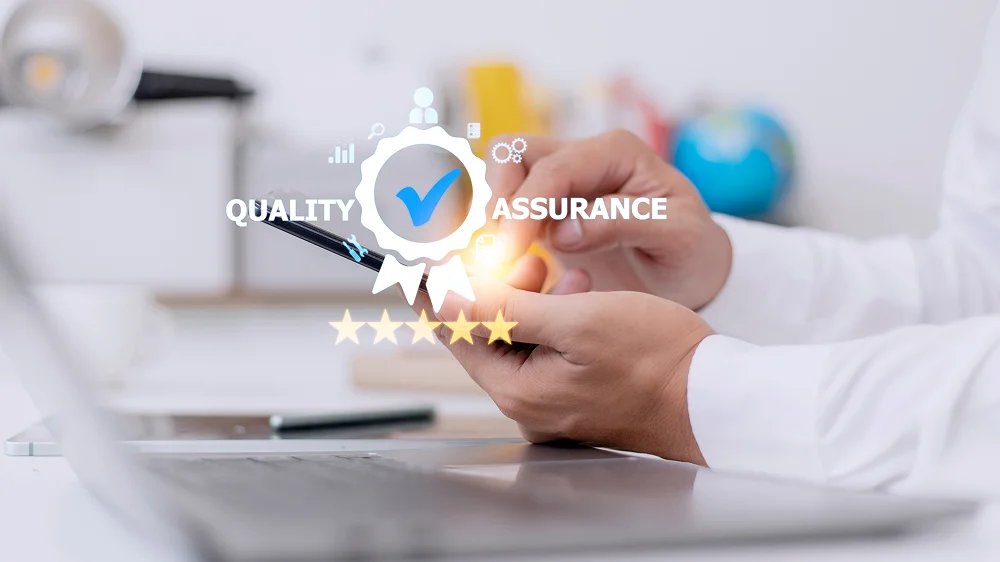
Testing blends automation with human insight. Automated tests run continuously to catch regressions and confirm that features still work as the product evolves. These checks give developers confidence to move quickly without breaking earlier functionality. At the same time, manual and exploratory testing add the human lens - surfacing edge cases, usability issues, and subtle flaws that no script can anticipate.
This stage also broadens the definition of “software quality” beyond basic functionality. Performance testing explores how the system behaves under different loads. Security checks identify and address vulnerabilities before they can be exploited. Accessibility reviews ensure people with diverse needs can use the product effectively. User acceptance testing closes the loop by validating that the product is not just correct in theory, but truly usable and valuable in practice.
When done well, the QA testing stage delivers more than a list of defects. It builds confidence that the product is stable, resilient, and trustworthy enough to face real users. It sets a performance baseline for later monitoring and creates a sense of readiness across the team that the product is prepared to move into deployment.
Stage 6: Release & Operations
With quality proven, the focus shifts to releasing the product into the world and keeping it running smoothly. This stage is where code leaves the safe environment of development and QA and begins serving genuine users under real conditions. The goal is not simply getting it live but ensuring the release is controlled, observable, and supported so the product delivers actual value without disruption.
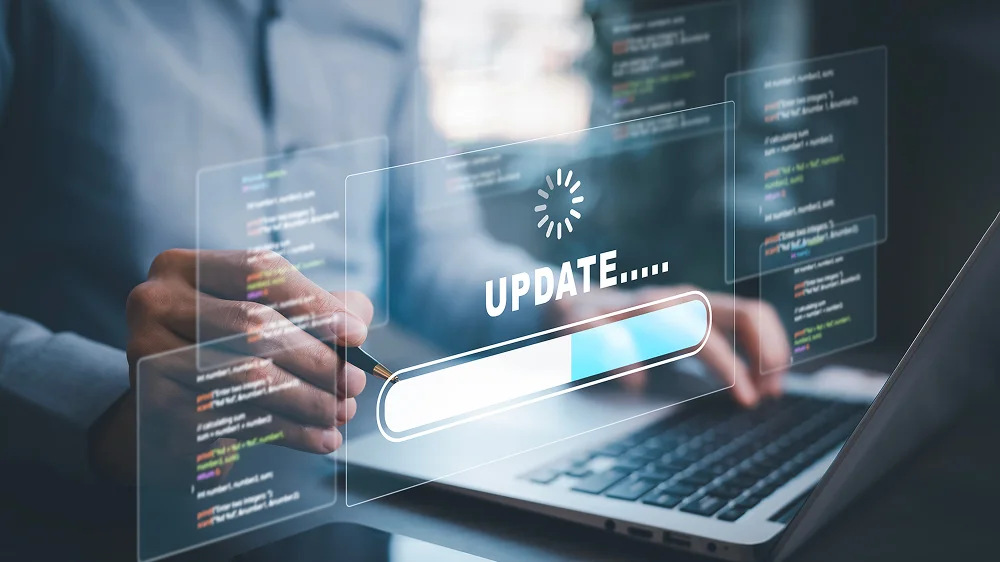
Operations are where the product grows. Systems are instrumented with logs, metrics, and alerts so the team can see issues before users do. On-call engineers stand ready, but the real win is when smart automation handles problems quietly in the background. Collaboration with support and customer success keeps the feedback loop alive, so any hiccup can be addressed quickly and transparently.
A solid delivery or market success is not only measured by uptime but by trust reflected in user feedback. Smooth deployments, resilient operations, and responsive care show end-users that the product is dependable. At this stage, the team doesn’t simply deliver code; they’re offering confidence that what’s been prepared is for the real world.
Stage 7: Maintenance and Support
Once the software product is live, the work does not stop. The maintenance and support stage preserves performance and extends value after release. The primary focus has shifted from shipping new features to keeping the product reliable, secure, and compliant. Fixes and enhancements are provided to improve activation, retention, and customer satisfaction after its initial launch.

Maintenance covers the ongoing technical upkeep: Applying security patches, fixing bugs, updating dependencies, and making performance optimizations. Even small shifts like a third-party API change, a browser update, or a new compliance rule can ripple through the system. By tending to these changes promptly, the team ensures the product stays compatible, stable, and safe. Preventative maintenance also matters, such as refactoring code, upgrading infrastructure, and monitoring technical debt to avoid costly breakdowns later.
Support, on the other hand, is where the product meets its users day to day. Help desks, in-app assistance, and customer service teams act as the frontline, resolving issues quickly and collecting customer feedback that highlights patterns developers might miss. Strong support builds trust, while weak support erodes confidence even if the underlying software works fine.
This stage is not purely reactive. Continuous monitoring of logs, metrics, and user behavior helps teams spot early warning signs before they turn into real problems. Feedback loops close the cycle, and they ensure that lessons and valuable insights from live usage inform future updates. The best-maintained products evolve gracefully, extending their lifespan and maximizing return on investment, instead of decaying into obsolescence. At the end of the day, when you manage projects, maintenance, and support are not one-time tasks but an ongoing commitment to technical integrity and the user trust, keeping a software product not only running as desired but also thriving.
Stage 8: Assessment & Continuous Improvement
As for ongoing commitment, there is still one more stage to work through, and product managers should be mindful of it. This is where the development teams take a step back to evaluate how the product is performing, both technically and in the eyes of its users, measure impact, drawing valuable insights from real-world usage, and deliberately fine-tune both the product and the entire process that builds it.
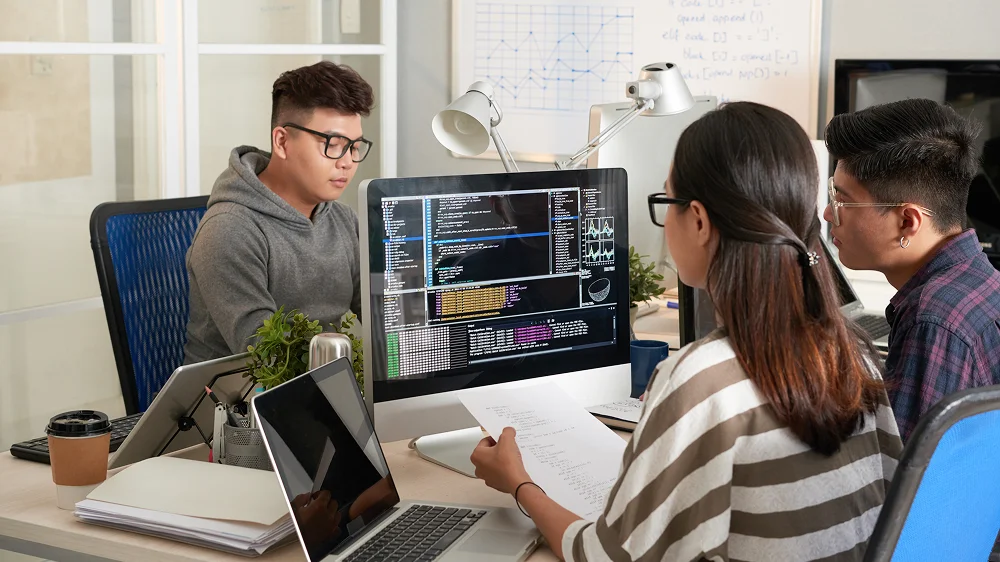
The assessment process should take place on a regular cadence. For example, monthly product reviews and quarterly business reviews. The focus is on inspecting leading and lagging indicators, such as activation, retention, change failure rate, and unit economics, alongside qualitative insights from interviews and support. This enables more informed decision-making when it comes to enhancements and upgrades.
The next target is continuous improvement - transforming findings and insights into action. Product roadmaps are recalibrated, technical debt is prioritized, and development practices are fine-tuned. Small, incremental changes (Such as improving build pipelines, strengthening test coverage, refining design flows) compound over time into faster delivery and higher-quality outcomes. At the product level, feedback-driven enhancements keep the experience aligned with evolving user needs and market conditions.
This stage closes the loop across product, design, development, support teams, and other stakeholders. By embedding assessment and improvement into the rhythm of development, the lifecycle becomes cyclical rather than linear, and improvements compound rather than reset with each release. The result you can forecast is a software product that does not just function or survive but evolves and thrives through change.
Wrapping Up
Now that you’ve walked through each stage of the software product development process, you can see that building great software is less about rushing to the finish line and more about moving with vision and intention.
From shaping and filtering product ideas to building, maintaining, and improving them, every stage carries its own weight. Together, they ensure a software product is not only delivered but also sustained and evolved. Dedicated product teams that embrace this lifecycle holistically deliver more than only code, including reliability, adaptability, and lasting value. All in all, the process is as much about learning and improving as it is about building, turning each product into a foundation for the next.
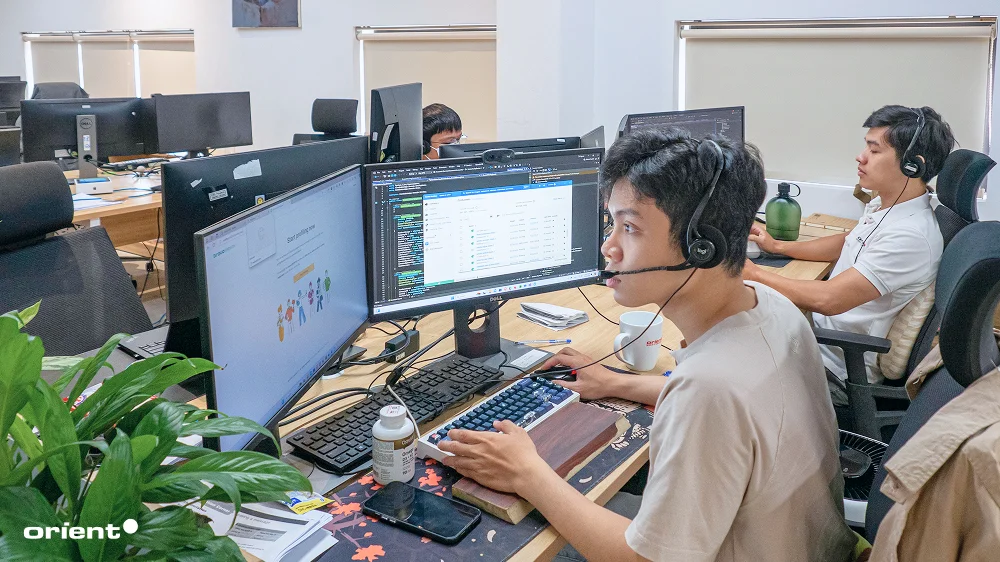
Now, it is your turn. Are you ready to initiate your own software product development plan? If you already have a brilliant idea but still need professional guidance and technical support to help materialize it, reach out to Orient Software.
Beyond a mere software company, Orient Software is a reliable technical partner and a solution provider for custom software development (mobile app development, web app development, AI development, and more). We offer you professional assistance in not only putting together product ideas but also refining them, building an appropriate strategy aligned with your business goals, and creating a product roadmap for bringing lovable offerings to market. We not only do greenfield development but also handle and modernize your existing product.
Start with Orient Software; a product vision is all you need. With hundreds of successful software development projects delivered, we bring tested expertise and elite talent to accompany you toward a bigger picture. Hesitate no more; contact us now.
